Category: Life Sciences
Showing 161–180 of 245 resultsSorted by latest
-
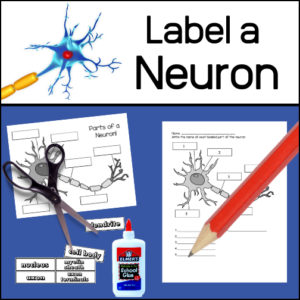 $2.00Buy Now
$2.00Buy NowThis resource is meant to help students learn and remember the basic parts of a neuron (dendrite, nucleus, cell body, myelin sheath, axon and axon terminals).
Includes:- – Poster
- – Center activity
- – 2 Student worksheets
- – Answer Key
-
 $1.00Buy Now
$1.00Buy NowThe resource is a 15 question quiz that will assess student understanding of the following structures / organelles of a plant cell: cell wall, mitochondria, chloroplast, cell membrane, vacuole, Golgi apparatus, lysosomes, rough endoplasmic reticulum w/ ribosomes, smooth endoplasmic reticulum, nucleus, nucleolus, peroxisome, cytoskeleton
-
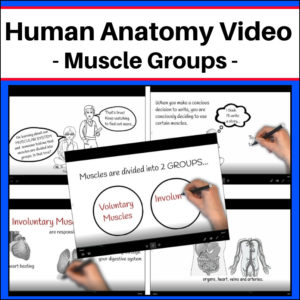 $4.99Buy Now
$4.99Buy NowHuman Anatomy – Muscle Groups Video has been created to introduce, explain and/or review voluntary and involuntary muscles in the human body. Each group is defined, explained and definitions given. This is great for visual learners!
To add student interest, one student is helping another student learn, interesting graphics have been added and upbeat music fills the background. (Music is easily muted if needed.)
Supporting Document: A worksheet (with answer key) that students can complete as they watch!
-
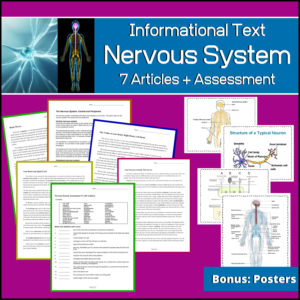 $6.00Buy Now
$6.00Buy NowThis ANATOMY / BIOLOGY / HEALTH resource contains 7 informational text articles (each with comprehension questions followings), 2 end of unit assessments and 4 bonus posters! These articles can be used in any Science related class or in a Language Arts / Reading classroom. Use as standalone mini-lessons or as supplemental activities, homework or in centers.
Flesch-Kincaid Grade Levels for articles range from 5.1 – 7.4
-
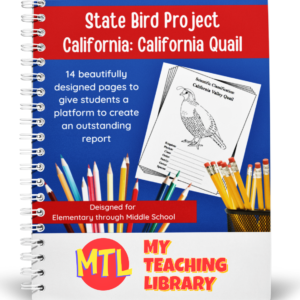 $3.00Buy Now
$3.00Buy NowStudying the state of California and state symbols? What is the state bird of California?
This project-based unit is designed to help students study and record information about California’s state bird: California (Valley) Quail
What type of pages are contained in this set:
– A map page (for the state)
– Scientific classification page
– A page for students to give details about the bird’s physical description, habitat, diet, life span and reproduction
– A page where students will do additional map work to show where in the U.S. the bird lives in addition to migration information
– Coloring page
– Several pages on which students can use for expository and/or creative writing as well as sections in which students may draw.14 pages in all and is designed for different levels / abilities.
My Teaching Library has a notebooking set for each of all 50 states. In addition, you can get all of them bundled!
Here are other bird related products you’ll love…
-
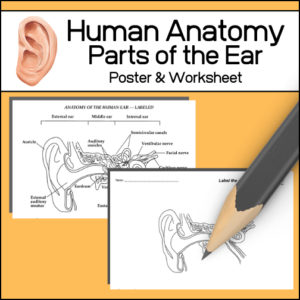 $1.50Buy Now
$1.50Buy NowStudying the human ear? This resource includes…
- – Poster with the following parts labeled (auricle, auditory ossicles, semicircular canals, vestibule nerve, facial nerve, cochlear nerve cochlea, vestibule, eardrum, Eustachian tube, external auditory meatus)
- – Student worksheet to label
-
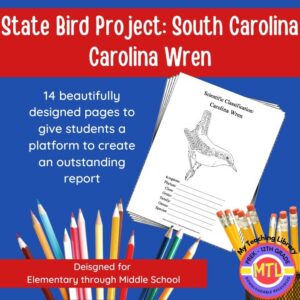 $3.00Buy Now
$3.00Buy NowStudying the state of South Carolina and state symbols? What is the state bird of South Carolina?
This project-based unit is designed to help students study and record information about South Carolina’s state bird: Carolina Wren
What type of pages are contained in this set:
– A map page (for the state)
– Scientific classification page
– A page for students to give details about the bird’s physical description, habitat, diet, life span and reproduction
– A page where students will do additional map work to show where in the U.S. the bird lives in addition to migration information
– Coloring page
– Several pages on which students can use for expository and/or creative writing as well as sections in which students may draw.14 pages in all and is designed for different levels / abilities.
My Teaching Library has a notebooking set for each of all 50 states. In addition, you can get all of them bundled!
Here are other bird related products you’ll love…
-
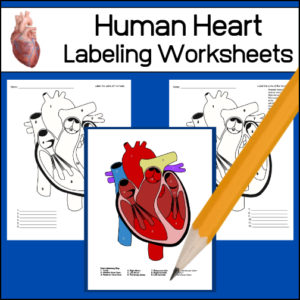 $1.00Buy Now
$1.00Buy NowTwo worksheets for students to label of the human heart. One with a word bank and one without. Answer key provided.
-
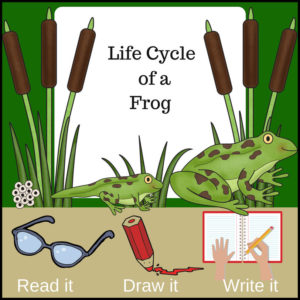 $2.00Buy Now
$2.00Buy NowThis cross-curricular (Science / Literacy – Writing ) product will have students creating their very own mini-books detailing the life cycle of a frog!
Knowledge students will learn:
The book will begin with the female frog laying her eggs near or in water. Students will then learn about the tadpole, what it looks like and what it eats and how it grows and turns into a froglet. They will learn how the froglet has developed the ability to breathe and live on land and then turns into a frog. Does a frog eat different things than a tadpole? Students will find out! At the end of the unit, there is also a coloring page of the different stages from egg to frog.
Students will: — read the text — draw a picture — write (copy) the written text
-
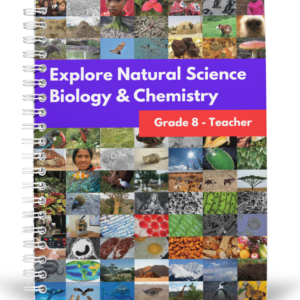 $15.00Buy Now
$15.00Buy NowThis is the teacher’s edition to Natural Science: Biology & Chemistry – Grade 8 (Student Edition)
Watch a video preview of the matching student textbook here.
Bundle and Save: 8th Grade Science Curriculum Bundle
-
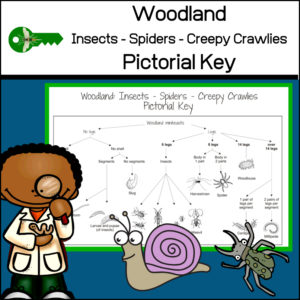 $1.25Buy Now
$1.25Buy NowStudents love entomology! What is that bug? Some may use the term MINI-BEAST. Is it an insect, a spider, a slug? “I found this bug in the woods, but what is it called?” To help answer student questions like these, here is an easy to use PICTORIAL IDENTIFICATION KEY!
Woodland minibeasts included on this picture guide: snail, worm, larvae (pupae), slug, beetle, earwig, aphid, weevil, harvestman, spider, woodlouse, centipede and millipede (all common creepy crawlies found in the woods)
-
Sale!
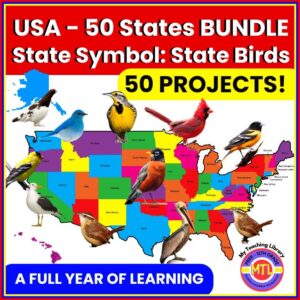 Buy Now
Buy Now$150.00Original price was: $150.00.$45.00Current price is: $45.00.Studying the USA? State symbols? State Birds? This BUNDLE includes 50 state bird projects that will have students researching, learning and writing about each state bird. It’s a FULL YEAR of active, hands-on learning. OVER 700 PAGES!Cross-curricular learning at its best:– Language Arts: reading, research and writing (Students will be expected to search out informational text to learn about each state bird. Multiple pages are giving for students to report what they have learned. Some pages include sections for drawing. Also included: Pages designed to be used for different age groups.)– Science: Scientific classification: Kingdom, Phylum, Class, Order, Family, Genus and Species. Also, full coloring pages are included and can be used to color, to label or both!– Social Studies: Geography (Each project includes 2 map pages – One to identify the state and one for students to show everywhere in the U.S. the bird lives as well as any migration)⭐What is included in each of the 50 projects? ⭐Each project will include:-
A map page (for the state)
-
Scientific classification page
-
A page for students to give details about the bird’s physical description, habitat, diet, life span and reproduction
-
A page where students will do additional map work to show where in the U.S. the bird lives in addition to migration information
-
Coloring page – Students can also be assigned to label different parts of the bird.
-
Several pages on which students can use for expository and/or creative writing as well as sections in which students may draw.
⭐ EVERY BIRD PROJECT INCLUDES: 14 pages designed for different levels / abilities. -
-
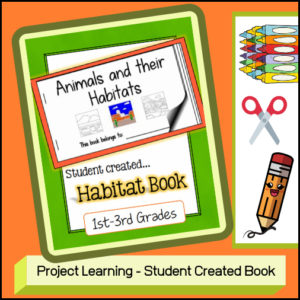 $2.50Buy Now
$2.50Buy NowHands-on learning! Students will create their own mini-book while learning about 8 different habitats, animals that live in those habitats and what animals need to survive in their habitats!
-
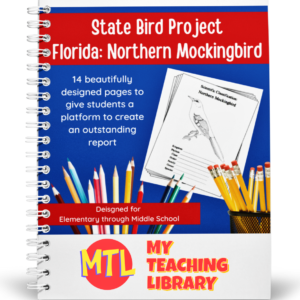 $3.00Buy Now
$3.00Buy NowStudying the state of Florida and state symbols? What is the state bird of Florida?
This project-based unit is designed to help students study and record information about Florida’s state bird: Northern Mockingbird
⭐Included:
– A map page (for the state)
– Scientific classification page
– A page for students to give details about the bird’s physical description, habitat, diet, life span and reproduction
– A page where students will do additional map work to show where in the U.S. the bird lives in addition to migration information
– Coloring page
– Several pages on which students can use for expository and/or creative writing as well as sections in which students may draw.⭐ 14 pages in all and is designed for different levels / abilities.
My Teaching Library has a notebooking set for each of all 50 states. In addition, you can get all of them bundled!
Here are other bird related products you’ll love…
-
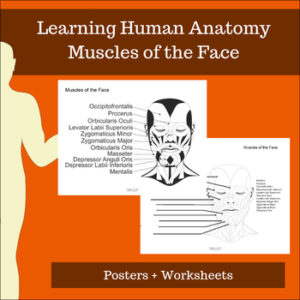 $2.00Buy Now
$2.00Buy NowMuscles of the Face – Learning Human Anatomy will be exactly what you need if you are looking for a easy to read posters as well as a labeling worksheet for students.
This resource actually comes with two worksheets, one with and one without terms. (You choose if you want your students to completely remember the names or if they need the terms to help them. )
-
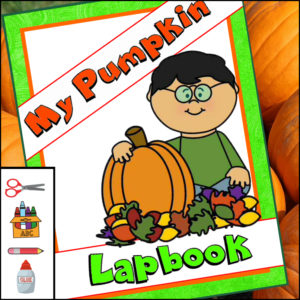 $3.00Buy Now
$3.00Buy NowThis interactive unit for students will allow them to create a cute LAPBOOK about PUMPKINS! Great to use anytime, especially in October or November during the Fall Holidays.
See description below for more details on this resource AND suggested uses.
-
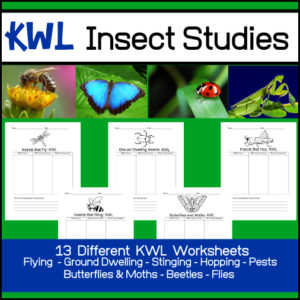 $3.00Buy Now
$3.00Buy NowWant student to investigate a variety of different types of insects? This K-W-L resource includes 13 different KWL worksheets so that students (individually or in cooperative groups) can use as they study different bugs and creepy crawlies. Perhaps they want (or you want) the focus to be on insects that hop or ground dwelling insects. What if their study should focus on beetles only or butterflies and moths? Not only will you get worksheets for a variety of specified ‘types’ of insects but I’ve also included some that can be tailor designed to what you or your students choose to study!
-
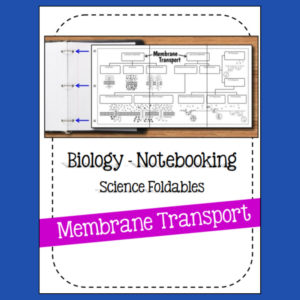 $3.00Buy Now
$3.00Buy NowHigh School Biology Notebook resource!
Students will learn all about the cell membrane. Terms include: phospholipid, phospholipid bilayer, integral protein, peripheral protein, cholesterol, glycolipid, oligosaccharide/sugar chain, glycoprotein, transport, attachment and recognition, receptor for signalling, enzymatic activities
-
 $2.50Buy Now
$2.50Buy NowThis 1st / 2nd Grade Science resource provides posters, handouts and center activities to help students learn about the life cycle of a frog! Seven stages are shown and pages come in color and b/w.
Easy to use and differentiated (Based on student ability – Easiest: Color the life cycle / Medium: Color, cut and paste the life cycle / Hardest: Draw the life cycle)
-
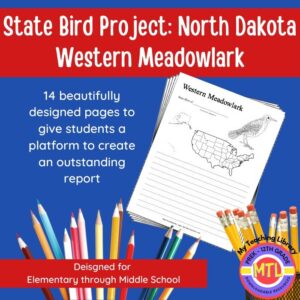 $3.00Buy Now
$3.00Buy NowStudying the state of North Dakota and state symbols? What is the state bird of North Dakota?
This project-based unit is designed to help students study and record information about North Dakota’s state bird: Western Meadowlark
⭐Included:
– A map page (for the state)
– Scientific classification page
– A page for students to give details about the bird’s physical description, habitat, diet, life span and reproduction
– A page where students will do additional map work to show where in the U.S. the bird lives in addition to migration information
– Coloring page
– Several pages on which students can use for expository and/or creative writing as well as sections in which students may draw.⭐ 14 pages in all and is designed for different levels / abilities.
My Teaching Library has a notebooking set for each of all 50 states. In addition, you can get all of them bundled!
Here are other bird related products you’ll love…

